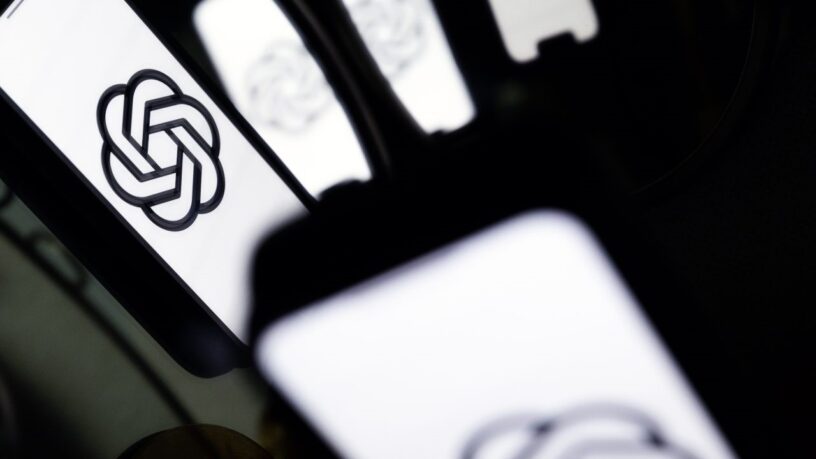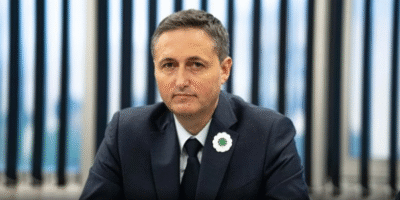AI’s advent may benefit many fields – but it will also require a major rethink of educational syllabi, and of the way we set exams and define plagiarism.
Afew weeks ago, I began reading a paper, and it was quickly clear that something was odd about it. The standard of English was excellent. The linguistic expressions used were impressive. With sources cited, it had the semblance of what is expected of a paper, and more. That was the problem.
The English language used in the paper was well beyond that of a non-native speaker and a newcomer to academic writing. A cursory look at previous writing in English shows a huge discrepancy in the standards of the language. The sources cited were seemingly related to the topic, to convey the impression of research. But it was also clear that the sources cited were not those used in the paper.
In other words, AI has arrived at academia in the Balkans. With a twist. Anecdotal evidence suggests its increasing use in different areas of work.
In fact, AI has been one of the most significant stories in 2023. Its impact on everything from education to the IT sector to the military industry has yet to be grasped. Multiple analyses have appeared over the past several months trying to make sense of what this portends. This new development will profoundly affect different professions and institutions across the globe. Higher education is one of them.
While the full impact of AI on education in general, and particularly on higher education, is a challenge to be addressed in the years ahead, a pertinent question now is: how to proceed? What does it mean to, and in, the Balkans? What does it imply for higher education in this region?
In attempting to craft a response, experts from sociologists to education specialists as well as decision-makers in education ministries and universities will all have to weigh in. With AI here to stay, its impact on higher education in the short to medium-term has several implications.
First, research papers assigned to students at BA and even at MA level will increasingly become obsolete as professors will ever more frequently end up reading AI-generated work. This means that syllabi will need to be revised to account for this new development.
Second, the types and structure of exams in higher education need to be thought through. This will be shaped by the much larger – and more challenging – question of what higher education seeks to achieve in the age of instant information, social media and AI.
Multiple choice questions may have been the exam format for freshmen students more than a decade ago with large enrolment numbers. But it is doubtful that this is meaningful beyond the first year of studies at the BA level. Fill-in-the-blanks, too, is inadequate for university-level education.
Verbal exams, as practiced in socialist Yugoslavia, are highly subjective. In fact, with several education reforms over the past two decades in Bosnia, a trend has been to shift away from verbal to written exams. This was widely perceived as a step toward more objectivity in the grading process.
Given the alternatives, in social sciences and humanities, a return to hand-written short essays in exams may be the only way of testing knowledge and analysis and its articulation in a meaningful way. At least, in this interim period, until the full impact of AI on higher education is grasped.
Third, legislative frameworks and codes of conduct in education with respect to originality of written work need to be redefined. Plagiarism needs to be redefined.
In fact, classical plagiarism required some effort. In the pre-Internet age, it involved taking other authors’ ideas and then writing or typing them and presenting them as one’s own. With the advent of the Internet, plagiarism became both more widespread and easier, but also more traceable. “Copy-paste” entered the English language as a new and a recognizable form of short-cut. Now, with AI, the effort invested into a written output is minimal.
Yet, is this plagiarism? And do legislative frameworks in the Balkans and beyond account for this? Or, should plagiarism be redefined to include all work that is not original, not simply that which is taken from a traceable source?
This is not to suggest that the advent of AI may not have benefits in medicine and other fields. Rather, the scope of challenges that it implies for higher education and academia in general, and the rethinking of many assumptions it will demand, are yet to be tackled. In 2024 and beyond.



